The History of Nose Art

A Brush with Legacy: Military Aircraft Nose Art

Nose art, a form of expressive and often whimsical aircraft decoration, has been an integral part of the rich tapestry of military aviation history. Beginning with the dawn of aviation, nose art has evolved from simple markings to intricate and vivid designs, becoming a distinctive feature on the fuselages of US military aircraft. This art form not only showcases the creative spirit of the men and women serving in the armed forces but also reflects the social, cultural, and political dynamics of different eras. This comprehensive exploration will take you on a journey through the fascinating history of nose art on US military aircraft, from its humble origins to the present day.

Would you like to have your favorite nose art reproduced onto a challenge coin or patch? Or perhaps the aircraft you flew or crewed? Challenge Coin Nation can make that dream come true. Simply contact us for a free quote and free art design. Or check out our stock coins.
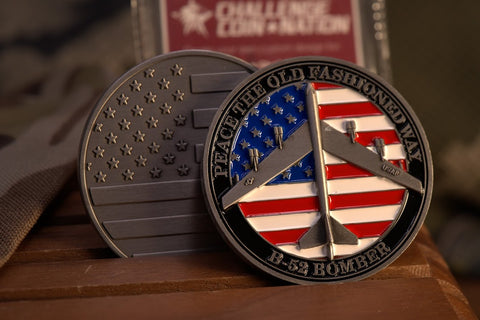
I. Early Beginnings (1914-1941):
The roots of nose art can be traced back to the early days of military aviation during World War I. In these formative years, pilots often personalized their aircraft with simple markings, unit insignias, or personal symbols. These embellishments served practical purposes, helping pilots recognize their planes in the heat of battle and fostering a sense of camaraderie among squadron members.
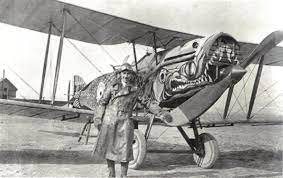
As aviation technology advanced and military air forces expanded, so too did the practice of decorating aircraft. The interwar period saw an increase in creative expression on the noses of planes, with some pilots adorning their aircraft with personal insignias or the names of loved ones. However, it wasn't until World War II that nose art truly came into its own.
II. Golden Age of Nose Art (1941-1945):
World War II marked the golden age of nose art, as the practice flourished across all branches of the US military. The iconic B-17 Flying Fortress and B-24 Liberator bombers, along with fighter planes like the P-51 Mustang and the P-47 Thunderbolt, became the canvases for a wide array of artistic expressions. The motivations behind these artworks were diverse, ranging from boosting morale to distinguishing squadrons and individual pilots.

Nose art during this period ranged from pin-up girls and glamorous Hollywood-inspired designs to cartoon characters and patriotic symbols. Many artists, often fellow servicemen with artistic talents, were recruited to paint these intricate and sometimes risqué designs. The famous "nose artists" of World War II left an indelible mark on aviation history, contributing to the rich visual culture of the era.
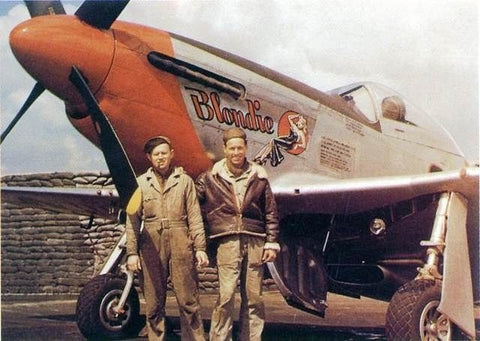
III. Cultural Shifts and Regulation (1945-1970):
After World War II, the practice of nose art continued but underwent significant changes. The demobilization of military forces and the onset of the Cold War led to increased scrutiny and regulation of military traditions, including nose art. The postwar period saw a shift toward more restrained and conservative designs, reflecting the changing cultural climate.
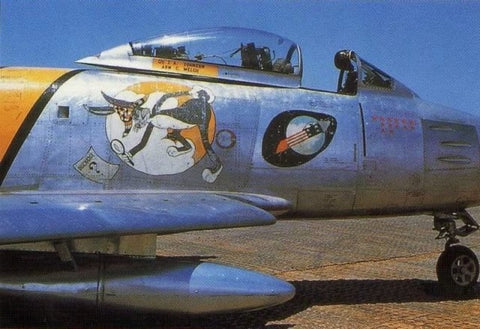
The Korean War and the early years of the Cold War maintained a degree of nose art tradition, albeit with more modest and standardized designs. As military regulations tightened, some units abandoned nose art altogether, while others found creative ways to navigate the evolving restrictions. The changing attitudes toward gender roles and the emergence of the feminist movement influenced the content of nose art, leading to a decline in the prevalence of pin-up girls and suggestive imagery.
IV. Vietnam War and Revival (1964-1975):
The Vietnam War brought a resurgence of nose art, fueled in part by the countercultural movements of the 1960s. As military aircraft played a crucial role in the conflict, the practice of adorning planes with expressive designs experienced a revival. Soldiers and airmen serving in Vietnam sought to personalize their aircraft as a form of self-expression and as a way to cope with the harsh realities of war.
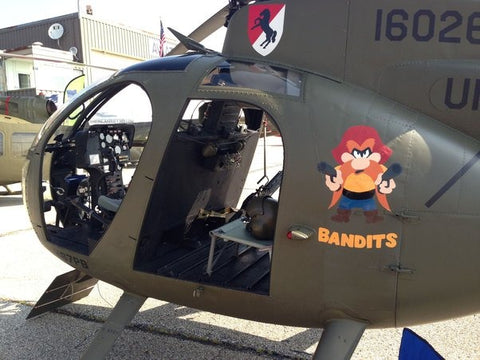
During this period, nose art became more diverse, reflecting the broader cultural shifts of the time. Anti-war sentiments, political messages, and pop culture references found their way onto the noses of aircraft, demonstrating the evolving role of military art as a mirror of societal concerns.
V. Contemporary Nose Art (1975-Present):
In the decades following the Vietnam War, nose art has persisted, albeit in a more regulated and controlled environment. The modern era has seen a return to more conservative designs, with a focus on unit insignias, mascots, and emblems that align with military traditions. However, individual creativity has not been entirely stifled, and some units continue to incorporate unique and personalized nose art on their aircraft.
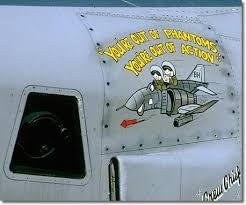
The Gulf War, Iraq War, and Afghanistan War have seen a resurgence of interest in nose art, with some units embracing the historical tradition and incorporating elements of their predecessors' artwork. Advances in technology, including digital design tools, have also influenced the creation and application of nose art, providing new opportunities for artistic expression.
VI. Legacy and Impact:
The legacy of nose art on US military aircraft extends beyond its visual appeal. It serves as a testament to the resilience, camaraderie, and creativity of the men and women who have served in the armed forces. Nose art has played a role in boosting morale, fostering a sense of identity within units, and creating a visual narrative of the challenges faced by military personnel throughout history.
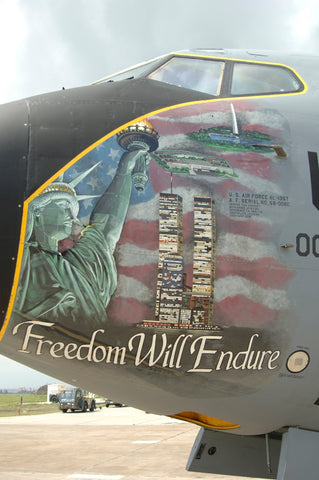
Despite the regulations and occasional controversies surrounding nose art, its enduring presence on military aircraft reflects its cultural significance and the timeless human need for expression, even in the face of adversity. As technology and warfare continue to evolve, so too will the nature of nose art, ensuring its place in the annals of military history.

Conclusion:
From the early days of aviation through the turbulent years of World War II, the regulatory challenges of the Cold War, the countercultural movements of the 1960s, and into the modern era, nose art on US military aircraft has evolved as a dynamic and expressive tradition. Its history is a mirror reflecting the cultural, social, and political changes of each era, while also providing a unique insight into the human experience of war and service.
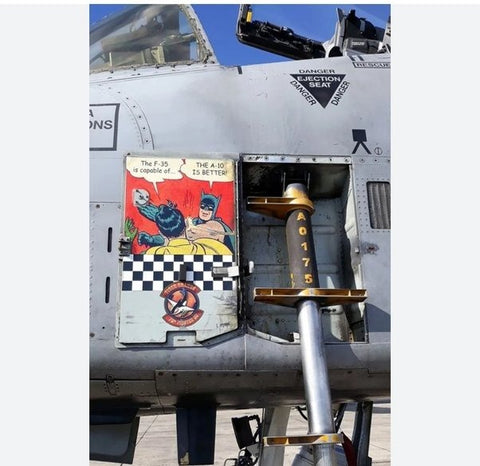
As we look back on the extensive and colorful history of nose art, it becomes clear that this tradition is more than just decorative embellishments on aircraft. It is a living testament to the creativity, resilience, and individuality of those who have served in the US military. In an ever-changing world, the legacy of nose art endures, reminding us of the humanity that persists even in the most challenging and tumultuous of times.
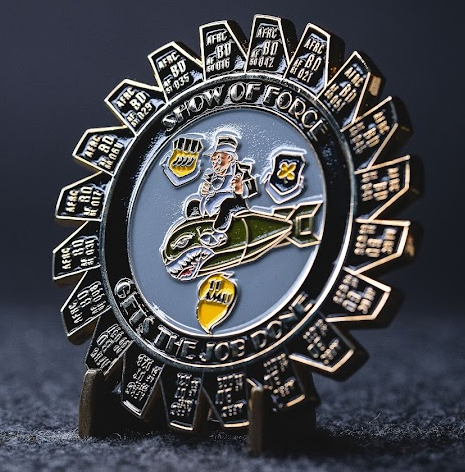
About Challenge Coin Nation
We at Challenge Coin Nation are a veteran founded company and are honored to be able to continue serving our brothers and sisters in arms all over the world. We sell many different military themed items, but challenge coins are our specialty. Check out some of our items below. Oh, and you might ask, “How much is shipping?” That’s an easy question. Shipping is free – worldwide!
Shop for more coins at these pages:
Challenge Coin Nation Challenge Coins
Challenge Coin Nation Stock Challenge Coins
Challenge Coin Nation Custom Coins
Challenge Coin Nation Blue Falcon Military Coin
Maintainer Nation Blog on Nose Art
3















Leave a comment